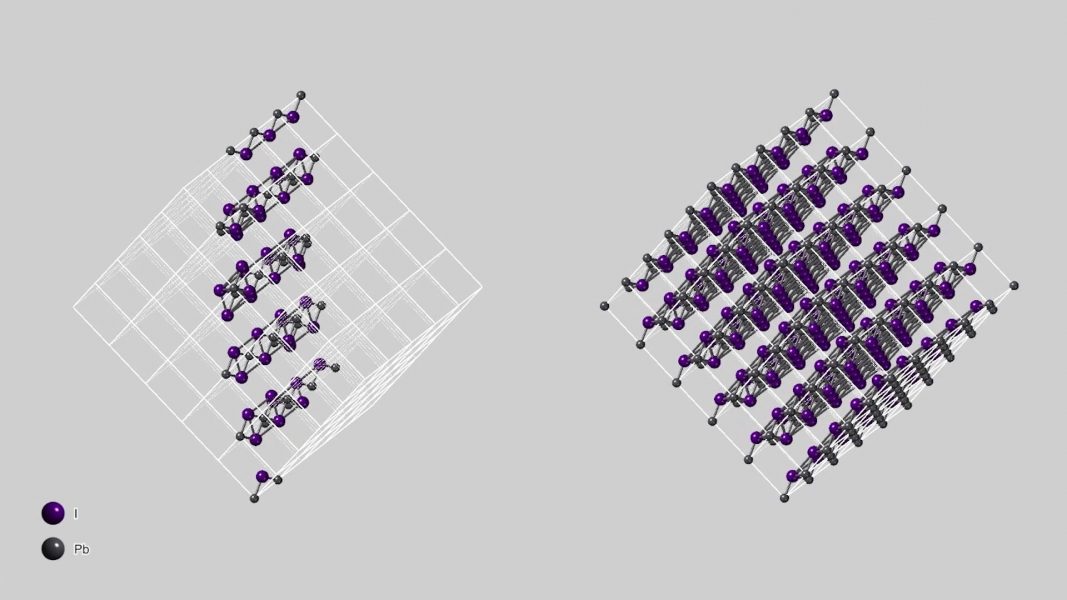Solar cells based on organometal halide perovskites have reached remarkable efficiencies, but their sensitivity to moisture, oxygen, light, and heat, leading to their eventual degradation, continues to be an issue preventing their commercialization.
In their article in Advanced Functional Materials, Dr. Tae Woong Kim, Prof. Satoshi Uchida, and Prof. Hiroshi Segawa from the University of Tokyo, along with their co-workers provide a detailed mechanism for the degradation of methylammonium lead iodide (MAPbI3), a ubiquitous material for perovskite-based solar cells.
Dr. Tae Woong Kim: “We newly investigated thermally degrading MAPbI3 in real-time and confirmed detailed, full steps of the thermal degradation of the perovskite using in situ transmission electron microscopy.”
The degradation process is visible by a series of color changes, and all performance parameters of the cells obtained by annealing at 150 and 170 °C are dramatically lower than those annealed at lower temperatures. Scanning electron microscopy images reveal the gradual degradation of the perovskite into lead iodide with increasing temperature.
Transmission electron microscopy combined with fast-Fourier transform show that critical alterations in the form of black dots and splitting of diffraction spots appear from about 130°C, indicating the onset of lead iodide precipitation.
To find out more about the degradation of MAPbI3, please visit the Advanced Functional Materials homepage.

















